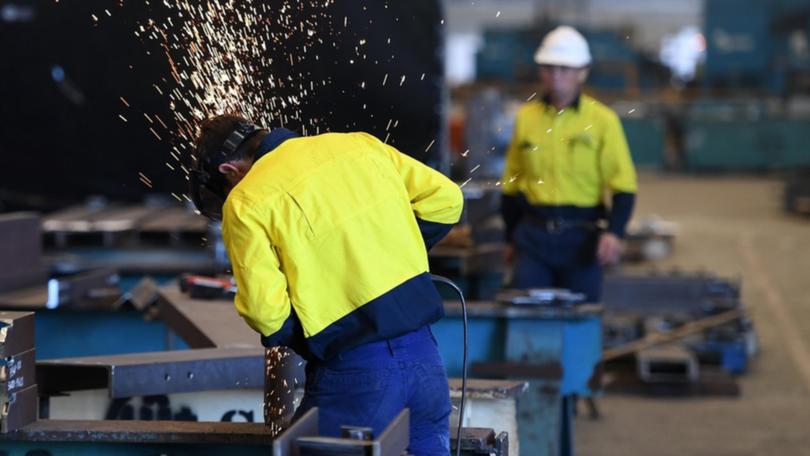Unemployment rate breaches 4pc in April but jobs market remains tight

The Reserve Bank will likely welcome news of a small uptick in the unemployment rate, economists say, but will want more evidence the economy is slowing before it starts to consider bringing interest rates down.
The jobless rate rose 0.2 percentage points to 4.1 per cent in April, according to figures from the Australian Bureau of Statistics on Thursday. It’s just the second time the rate has been above 4 per cent since early 2022 as the economy has dealt with chronic post-pandemic labour shortages.
The number of people counted as unemployed rose by 30,300 last month, while the number of employed people increased by 38,500.
Sign up to The Nightly's newsletters.
Get the first look at the digital newspaper, curated daily stories and breaking headlines delivered to your inbox.
By continuing you agree to our Terms and Privacy Policy.The consensus forecasts was for a lift to 3.9 per cent.
The increase in the jobless rate was consistent with Wednesday’s wages figures, which revealed a slowing in annual wage growth for the first time since March 2021.
KPMG senior economist Michael Malakellis said both may ease the RBA’s ongoing concerns about excess demand in the economy. Governor Michele Bullock earlier this month said the labour market was still very tight.
“With the unemployment rate ticking up and wages growth falling for the first time in three years, the RBA will be hopeful that further tightening will not be required to bring inflation back inside the target range,” he said.
The persistently tight jobs market has been a key factor behind the RBA’s decisions to keep the official cash rate on hold. It has been at 4.35 per cent since November last year. The RBA next meets in June.
But ING head of Asia-Pacific research Robert Carnell said the jobless data was only of “marginal relevance” to the RBA’s rate policy.
“Any softening in the labour data is still fairly speculative at this point, though the wage price data earlier in the week were a help if they really are pointing to a peak in wage growth,” he said
“We will need to see a lot more than this if we want to see rate cut expectations for this year increase. And the inflation data so far isn’t providing enough support.”
Mr Malakellis added the RBA would want more evidence of moderating wage growth and evidence that Tuesday’s Federal Budget measures would not add to underlying inflation pressures — not only in the short-term but over the next six to 12 months.
HSBC chief economist Paul Bloxham also said the central bank would still be digesting the implications of the Budget.
“Our central case is that core inflation will remain too high for the RBA to be able to cut anytime soon, and that this will be the case despite a gradual further trend rise in the unemployment rate through 2024,” he said.
The steepest increase in jobless number last month was in WA, up 0.5 percentage points to 3.9 per cent.
NSW and Victoria’s jobless rate rose 0.2 percentage points to 4 per cent and 4.2 per cent, respectively, but Queensland held steady at 4.1 per cent.
SA rose 0.3 percentage points to 4.2 per cent. Unemployment also grew in Tasmania and the Northern Territory. The ACT also jumped but was the only jurisdiction to hold under 4 per cent.
Originally published as Unemployment rate breaches 4pc in April but jobs market remains tight
